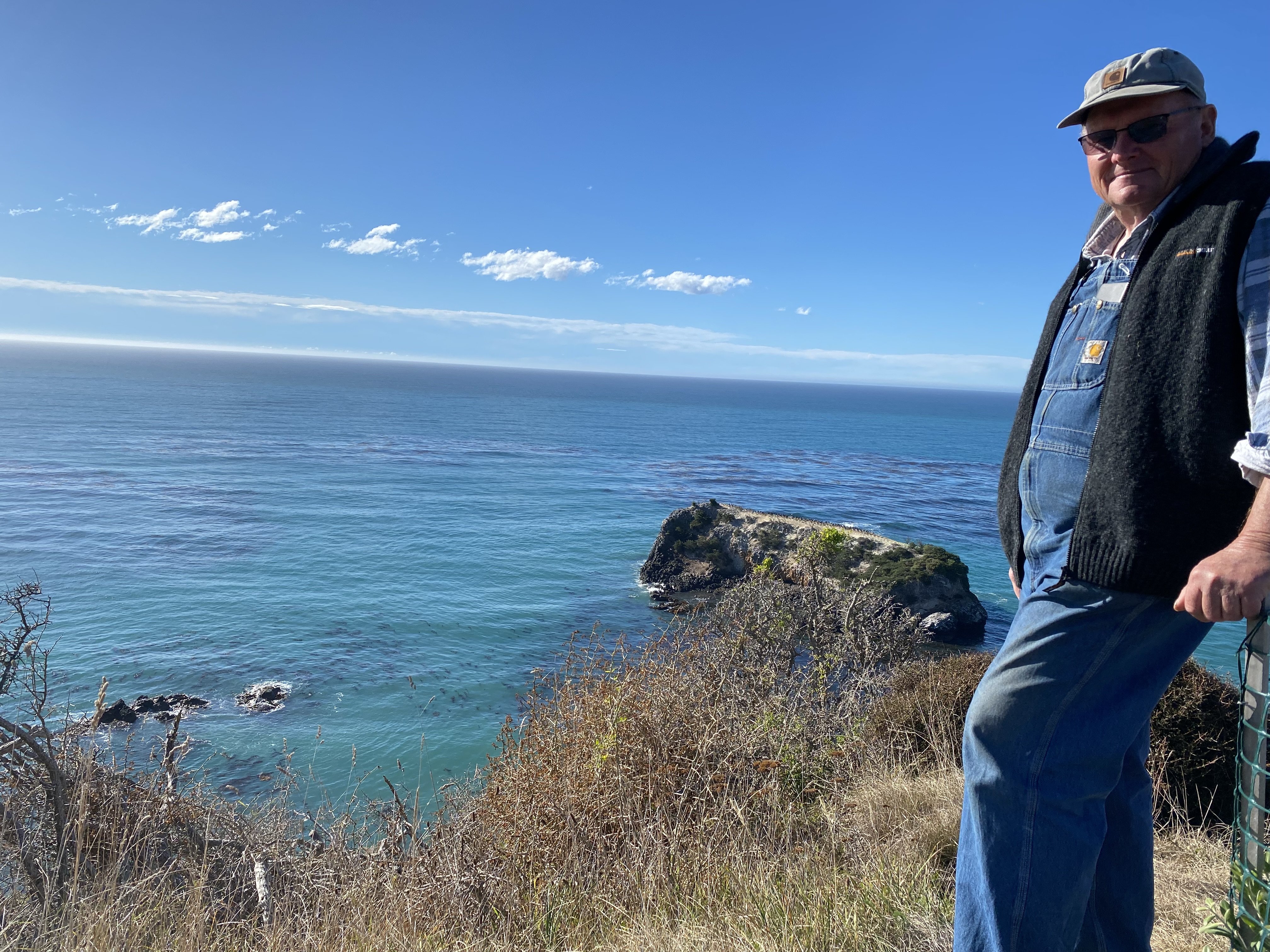
Landowner Ciaran Keogh says steps to address the problem need to be more collective than individual.
"No amount of individual action will make a blind bit of difference to the rabbit population in Moeraki," he said.
Otago Regional Council environmental implementation manager Andrea Howard said a pest management plan had been implemented requiring individual landowners to take responsibility for rabbit control on their land.
Each was asked to submit a rabbit management plan.
Thirty-nine properties required management plans, and so far 28 had been supplied. The regional council was working with the remaining 11 property occupiers or owners, she said.
Mr Keogh, who said he shot between five and 15 rabbits a week on his land, said he considered boxthorn, a noxious weed, more of a problem for the area.
"It’s the boxthorn that’s the big problem, but also, it’s rabbit habitat — as most of them are living under there.

"It’s like the toughest bush on the planet. It has huge spines on it, and we had a guy up here in a 14-tonne rubber tyre digger, and he won’t drive on ground where it’s been, because the spines will go through the digger tyres. It’s just wicked, terrible stuff."
As chief executive of Environment Southland between 2007 and 2012, he had some experience dealing with pest control, and supported the use of "pest control committees".
"They were actually funded by the landowners and administered like a pest board-type structure, and the farmers were absolutely adamant they’re a really good idea," Mr Keogh said.
While there were localised patches of "rabbit habitat", he thought the rabbit population was generally suppressed in the area.
"There’s rabbits around, but they’re not at plague levels around here," Mr Keogh said.
Ms Howard said the regional council had received strong feedback from the community about the rabbit problem, which was supported by property inspections. People placed different priorities on different aspects of the environment, she said.
Moeraki would have a range of other pest management issues to resolve, and the council would continue to work with the community on those, she said.
Mr Keogh said he had submitted a rabbit management plan for three properties on Te Karita Rd, one he leased, one he co-owned and one he helped his neighbours maintain. He would continue with his existing control efforts of shooting rabbits when they came on to his property, which acted as a sort of "black hole" for the rabbits from neighbouring properties, he said.
The ORC told him this approach had not proven to be successful in limiting rabbit numbers.
A "defensible barrier" using rabbit fencing created a good operational area and reduced reinfestation, he was told.
"But we’ve got 1.5ha — we’d have to put up three-quarters of a kilometre of rabbit fencing."
A part of his property also bordered steep coastline, making fencing even more difficult.
Ms Howard said fencing and shooting were "just a couple of tools in the tool box".
The council’s key goal was to enable connections and get neighbours to work together.
"We are working with landowners to create management plans that will work for their situation, as we know every property has its own unique challenges.
"In some areas we have seen neighbours combining resources to fence the outer boundaries of multiple properties to save costs."
The programme was focused on ensuring all property owners were doing the necessary work to reduce rabbit populations, and that the efforts of one landowner were not affected by the inactivity of others.
All approaches to the problem had pros and cons, and the current operation reflected the principles of the Biosecurity Act 1993 and framework for the council’s pest management plan, she said.
The council had regular, and increasing, collaboration with neighbouring councils Environment Southland and Environment Canterbury to ensure co-ordinated approaches.
"However, there are no barriers to local landowners forming a version of a pest board, like the Maniototo Pest Company which is funded solely by landowner contributions and works successfully to contain rabbit numbers in the Maniototo. This may represent a good option for the Moeraki community."
The council had held two community meetings in Moeraki - the first, with about 50 people present, was to present its findings about the rabbit problem, and the second, with 30 locals, was a more detailed workshop to help landowners develop management plans, Ms Howard said.
"We have also had numerous meetings with groups of public and private landowners and individual property owners."
Large areas of Moeraki were owned by the Waitaki District Council, KiwiRail and the Department of Conservation, and they were subject to the same requirements as other landowners.
"We have also met with mana whenua to discuss Maori-owned land."
The council was pleased with the progress made so far, and the community had been engaged and made positive contributions to the process.
Property owners who failed to comply with a notice of direction from the council, to ensure rabbit levels had dropped to an acceptable level — at or below level 3 on the Modified McLean’s Scale - within an allocated timeframe, would be served with a notice of intention to act on default. Following this, the council would arrange for work to be done, and recover costs, Ms Howard said.














